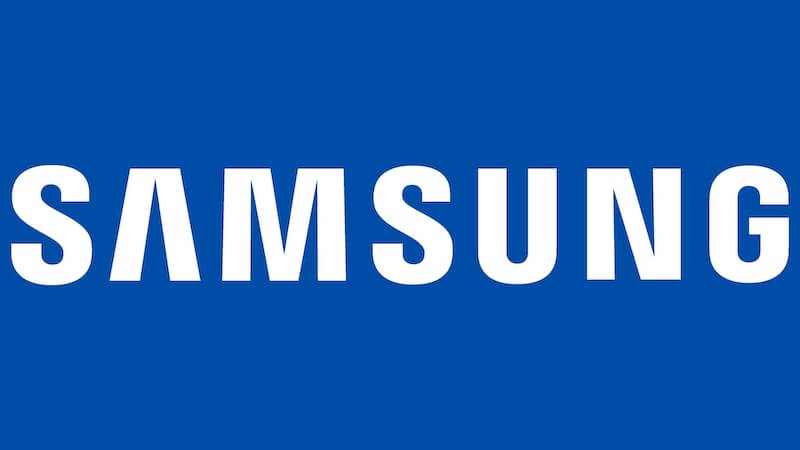The Samsung Galaxy Z Fold 7, announced on July 9th, 2025, at a Galaxy Unpacked event in New York City, represents the latest iteration in Samsung's evolving foldable smartphone lineup. With pre-orders commencing the same day, the device is officially slated for release on July 25th, 2025. The Galaxy Z Fold 7 aims to refine the foldable experience, focusing on enhanced design, functionality, and user experience.
Design and Build
Samsung has focused on making the Galaxy Z Fold 7 the thinnest and lightest in the series to date. When unfolded, it measures a mere 4.2mm thick (excluding the camera bump). It is also lighter than the Galaxy S25 Ultra. These changes address common concerns about the bulkiness of previous models and improve overall portability. The device will be available in Blue Shadow, Silver Shadow, Jet Black, and Mint.
Display Technology
The Galaxy Z Fold 7 features larger screens compared to its predecessor. The cover display has increased to 6.5 inches, while the main foldable display now measures 8 inches. Both are AMOLED displays with a 120Hz refresh rate. The main screen has a peak brightness of 2,600 nits. Samsung has also worked to minimize the visibility of the crease on the folding display, a persistent issue in earlier models. The cover display is made with Gorilla Glass Ceramic 2 for enhanced durability.
Performance and Software
Under the hood, the Galaxy Z Fold 7 is powered by the Snapdragon 8 Elite 'for Galaxy' chipset, also used in the Galaxy S25 series. The base model comes with 12GB of RAM and options for 256GB or 512GB of storage. A top-tier configuration offers 16GB of RAM and 1TB of storage. The device launches with One UI 8 based on Android 16, offering a refined user interface and features optimized for the foldable form factor. Samsung promises seven years of OS and security updates. The new One UI 8 is designed to seamlessly combine large-screen multitasking with intelligent tools. The device also offers access to Google AI Pro and 2TB of cloud storage for six months at no cost through the New Galaxy Club.
Camera Capabilities
The Galaxy Z Fold 7 boasts a significant upgrade to its primary camera. It features a 200MP main camera with OIS, similar to the Galaxy S25 Ultra. Samsung states the new wide-angle camera captures four times more detail and produces 44% brighter images. The camera setup also includes a 12MP ultra-wide lens, a 10MP telephoto lens with 3x optical zoom, a 10MP front selfie camera, and a 4MP under-display inner selfie camera. The under-display camera is expected to receive quality upgrades. The next-gen ProVisual Engine processes images faster, and the device is equipped with Night Video with intelligent motion detection for reduced noise.
Battery and Charging
The Galaxy Z Fold 7 retains the same 4,400mAh battery capacity as its predecessor. It supports 25W wired charging and 15W wireless charging. Despite no increase in battery capacity, improved power optimization from the new chipset and software is expected to enhance battery life.
Market Trends and Competition
The foldable smartphone market is experiencing significant growth. Grand View Research estimates the global foldable smartphone market will reach $74.02 billion in 2030, with a CAGR of 13.5% from 2024 to 2030. Mordor Intelligence forecasts the market size to increase from $31.30 billion in 2025 to $118.87 billion by 2030, at a CAGR of 30.59%. However, Samsung is reportedly bracing for a potential drop in foldable phone sales in 2025. A report indicates Samsung plans to manufacture 1.35 million units of its new foldable phones, a decrease of 260,000 units compared to the previous year. Concerns about durability and high prices remain significant barriers to mainstream adoption. Samsung is rumored to be focusing on the US market, holding prices for the Galaxy Z Flip 7 and Z Fold 7 at $1,099 and $1,899, respectively. Despite initial sales projections, the Galaxy Z Fold 7 is receiving more pre-orders than the Galaxy Z Flip 7 in Korea, a first for the Fold series.
Challenges and Future Directions
Durability remains a primary concern for foldable phones. Issues such as screen damage, protective film peeling, and hinge failures have been reported. Samsung is expected to address these concerns with stronger glass and improved water and dust resistance. Other manufacturers like Huawei, Motorola, and Xiaomi are also actively developing foldable phones, increasing competition and driving innovation. Future developments may include tri-fold and rollable devices.

















